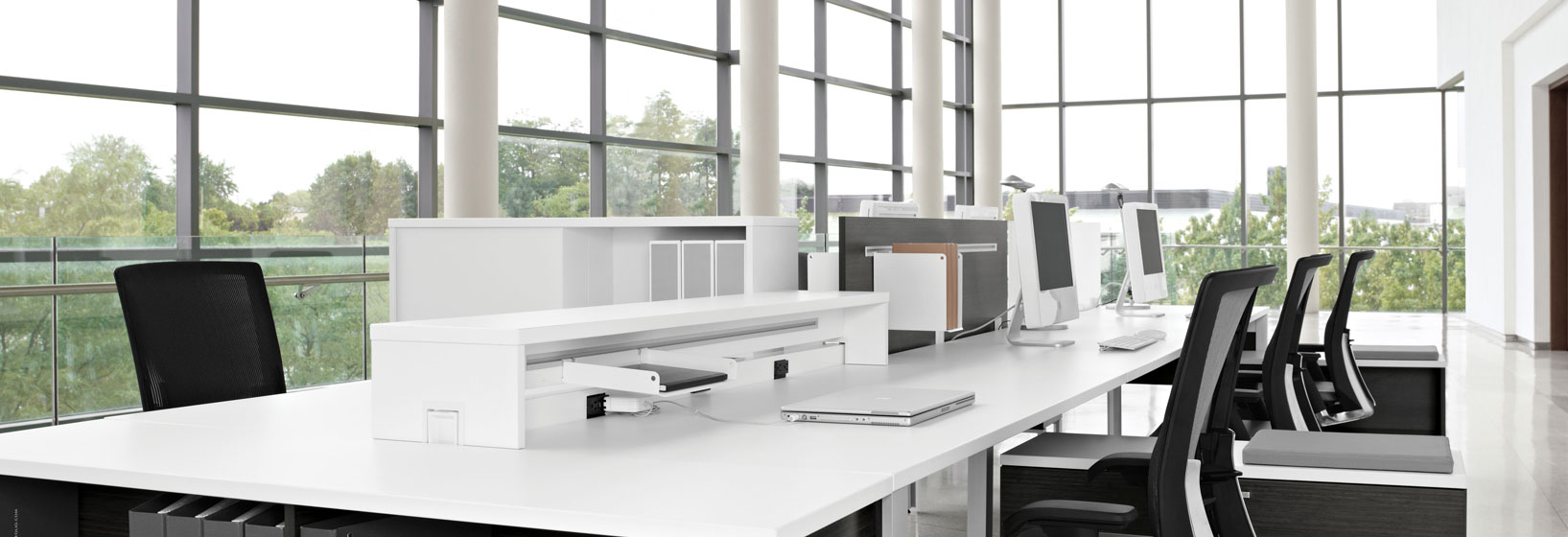- Call us now! 800.815.8592
- info@rightsizefacility.com


2017 has arrived, and savvy workplace designers are looking ahead to office design trends on the rise in the new year. From flexible, activity-based spaces to seamless technology, here are a few office design trends forecasted to be a huge hit this year.
Flexible, Activity-Based Spaces
We said it last year, and we’ll say it again: activity-based spaces are increasingly important in modern offices. Traditional layouts separate employees into individual offices and workstations, while the activity-based approach leaves more room for mobility and flexibility. Employees may still have their own desks, but they can opt to move around the office depending on what task they’re tackling. Options like cozy coffee bars, wide community tables, and breakout meeting areas leave room for growth and creativity within teams.
Building for Blended Teams
In many offices, full-time employees regularly work alongside freelancers. A WorkplaceTrends study found that 93 percent of companies have already identified this move toward a blended workforce. And at the Society for Human Resource Management (SHRM) 2016 Annual Conference, the president of SHRM named the "rise of freelance workers" as one of the top five biggest employment trends. As companies hire more freelancers to save money or to meet specific project needs, it is essential for workplaces to accommodate different types of team members. Offices need open areas where workers can set up temporarily with a laptop or meet with collaborators.
Seamless Technology
A major office design priority for 2017 will be to integrate technology more effortlessly into spaces. Wireless internet is now the norm, and wireless charging devices and data storage will soon follow suit. Without having to worry about cluttered cords, employees will be able to charge laptops, tablets and smartphones from charging surfaces or plates throughout the office. It will also become more commonplace to back up data to cloud-based services that are accessible to employees from the office and remote locations.
Prioritizing Quality of Life
Workers spend eight or more hours at the office, five days a week, and companies would be wise to make this time as pleasant as possible. Healthy and happy employees are good for morale and productivity, and office design elements that promote well-being are an excellent long-term investment. Indoor and outdoor green spaces, windows offering natural light, sit-stand desks, and relaxation areas all boost employees’ quality of life during the workday.
What design trends should you incorporate into your office? Partner with Rightsize to PLAN your workplace.